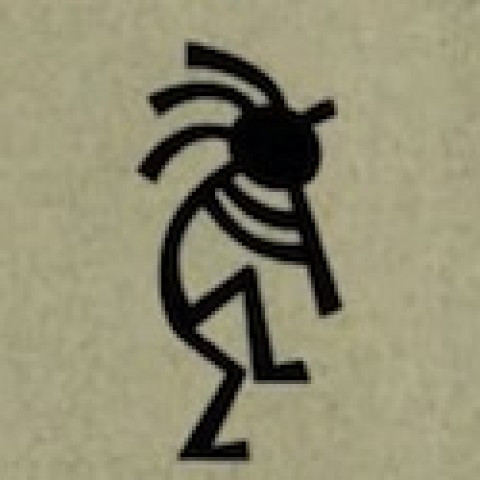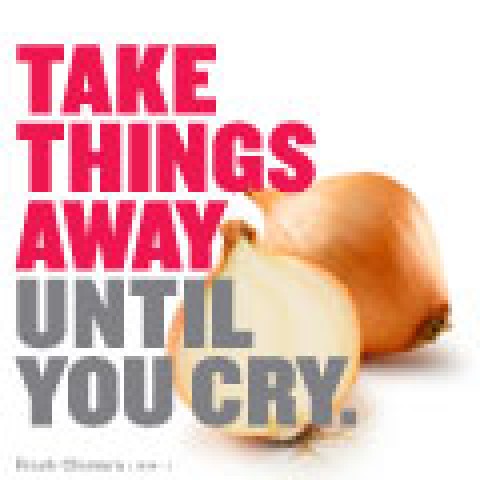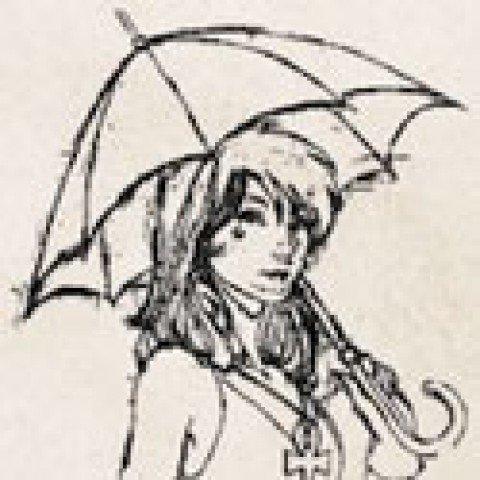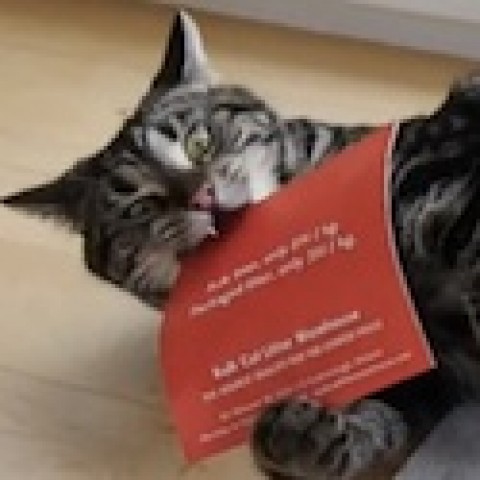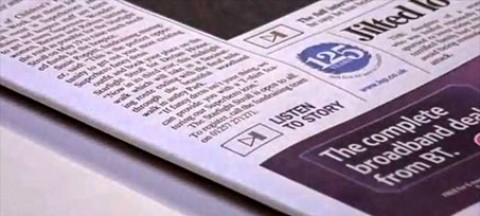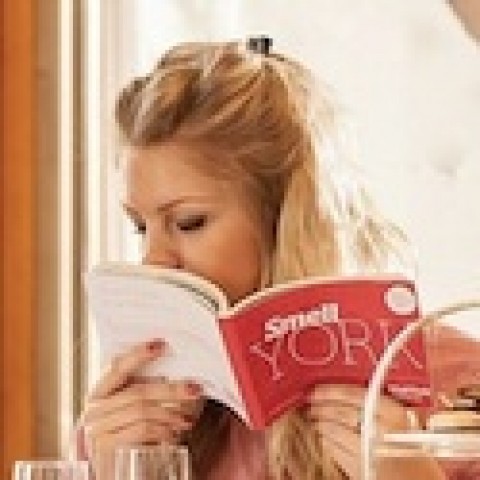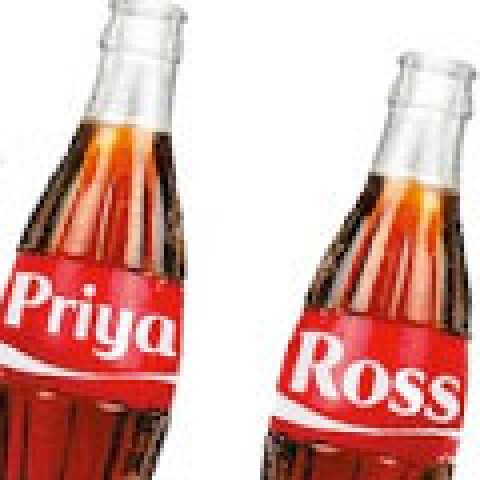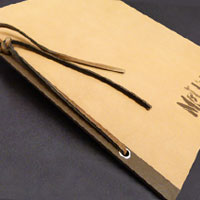 Last month we concluded nearly a year of research into all the many options you have for binding your projects with a free webinar so huge, it required three guest speakers to tackle! And you STILL had questions!! Well, here they are to answer them. (And while you’re at it, don’t forget to download your free PaperSpecs Binding cheat sheet!)
Last month we concluded nearly a year of research into all the many options you have for binding your projects with a free webinar so huge, it required three guest speakers to tackle! And you STILL had questions!! Well, here they are to answer them. (And while you’re at it, don’t forget to download your free PaperSpecs Binding cheat sheet!)
And PRO members remember, you have instant access to many, many tips and information about the different binding options available to you right here. (Not a member? Why not sign up for a PRO membership today?)
Kristopher S. Gasch (Fey Printing)
I need to know what types of wraparound binding you suggest to wrap over the binding. Can this be done over a plastic coil or only wire? (Our clients insists on the wraparound…)
Wraparound covers work with spiral or Wire-O in either metal or plastic. Most often they will either be 6 panel or 8 panel when fully concealed.
Does “spiral” mean plastic then?
Spiral can be made of wire or plastic.
Is the assembly of this “tent” by hand or automated?
It is machine scored and then hand folded for punching and final assembly.
What type of uncoated papers [still allow images to pop]?
We have great success with Neenah Paper’s Classic Crest in both offset and digital applications. For an uncoated sheet with a feeling closer to coated stock we really like the Classic Crest Super Smooth finish.
As a designer, is there a way to determine/estimate how thick I should make a spine for purposes of preliminary design only, or does the printer need to provide that width?
We generally ask that designers approximate this dimension in their files, with the understanding that the artwork may change slightly to properly accommodate things like Wire-O, etc.
Another question about covered Wire-O. How can you make sure that the cover won’t rip? What is the minimum weight for the material used for the cover? Any recommendations would be helpful!
We’ve made them from everything ranging from 80 lb. Cover upwards to 220 lb. double thick Cover. Another option is a synthetic, tear-resistant sheet.
Scott Gray (MET Fine Printers)
Is tape binding more efficient than perfect binding, especially to open spreads flatter?
No, tape binding would not stand up to the stress of opening the book very flat. The adhesives are not as strong as with perfect binding. Since tape binding is literally collated sheets laid onto a heated strip of adhesive, the bond is not as great as perfect binding preparation where the paper is sanded to create better adhesion.
Is there a certain page count or thickness of piece that works best with perfect binding?
In my experience, anything between 32–120 pages work well for perfect binding. Some equipment now is capable of binding as thin as 16 pages of thick uncoated paper stock. Ideally a minimum of 1/8” thick spine or greater.
What type of uncoated papers does Scott like that still pops images?
I love most uncoated stocks. A few favorites are Mohawk Superfine (smooth or eggshell) grades, Astrolite by Monadnock Paper Mills, and Cascades Enviro Satin 100% Post Consumer. Of course we can always rely on solid performance with Cougar. Some sheets print great photos but are not that great on flat-screen builds. Do your research and talk with your spec reps and printers for their faves.
For an average job (let’s say 10M), how much more production time should the designer allow for specialty binding compared to standard saddle stitching?
PUR binding could add 2-3 production days; grommet, sewing and more intensive projects could add 3-4 working days. Case binding could take 2-3 weeks easily for all of the steps. Make sure your materials are well in hand, you may need to order custom cloths from the mills.
I understand the amount will be different with each type of binding, the thickness of the book, etc., but do you have any suggestions for how to best determine the inside gutter of a book when designing so the content doesn’t fall into the spine?
It is always best to keep critical type away from crossovers. If you see copy close to the spine consider slightly adjusting the kerning to avoid conflict. Perfect-bound books lose ¼” on inside cover and page 1, and the last page of text and inside back cover to the side glue bead.
Same loss occurs on case-bound books between end leaves and first and last pages of text.
Mike Roswell (Roswell Bookbinding)
To confirm, screwposts are hand applied and grommets are machine applied? What is the cost difference between the two types of binding?
Correct, grommets are finished with a machine and screws are manually applied. Grommets are 1/3 the price of screwposts.
Is there a certain page count or thickness of piece that works best with perfect binding?
Thickness limitations for perfect binding are generally no less than 3/32” and no more than 2.5” thick.
Are there limitations to how wide you can perfect bound?
We cannot bind a width that exceeds 15” (spine to face).
Is the calligraphy hand done in the Bible?
The original calligraphy was done by hand by Donald Jackson for the original set of Bibles, and then the production run was offset printed by John Roberts in Minneapolis.
Is there a way to determine/estimate how thick I should make a spine for purposes of preliminary design only, or does the printer need to provide that width?
Typically the printer will provide that dimension. For a hard cover book, we will always make a prototype so that we get an exact size. Soft covers can be easily determined by the bulk of the text stock.
I received a book template that contained the phrase “Squareback No Board In Spine.” I’m still learning the terminology and I’m not sure what is meant by “Squareback.”
Squareback is a hardcover that has a board in the spine of the cover as opposed to a soft liner for a rounded and backed text block.
…About covered Wire-O. How can you make sure that the cover won’t rip?
To eliminate covers tearing, we recommend film laminating them. A minimum weight should be 12 pt.
How and why do I need to incorporate headbands and/or hand sew the quires without machine aid?
Unless you are hand-sewing a text block, headbands are strictly decorative. To sew a headband onto a book block requires a high degree of expertise.

